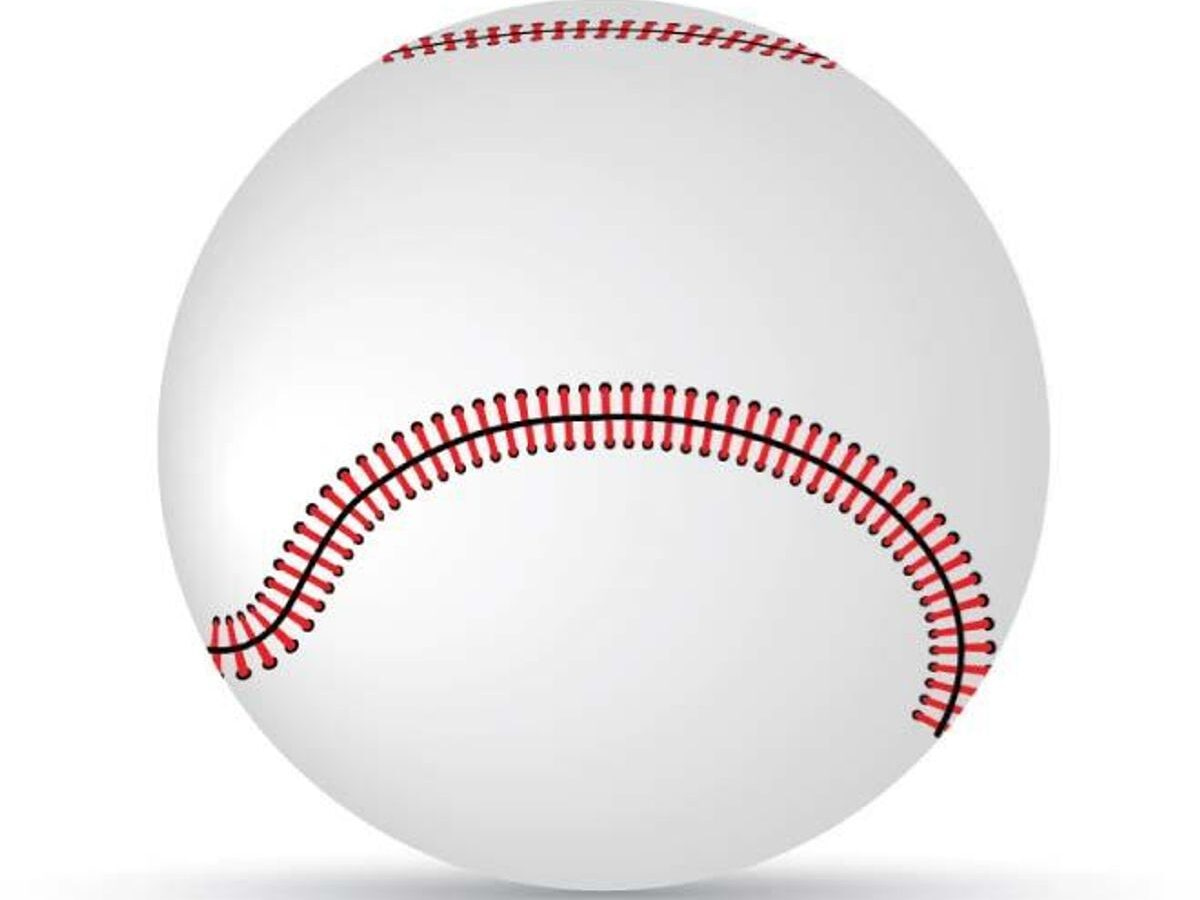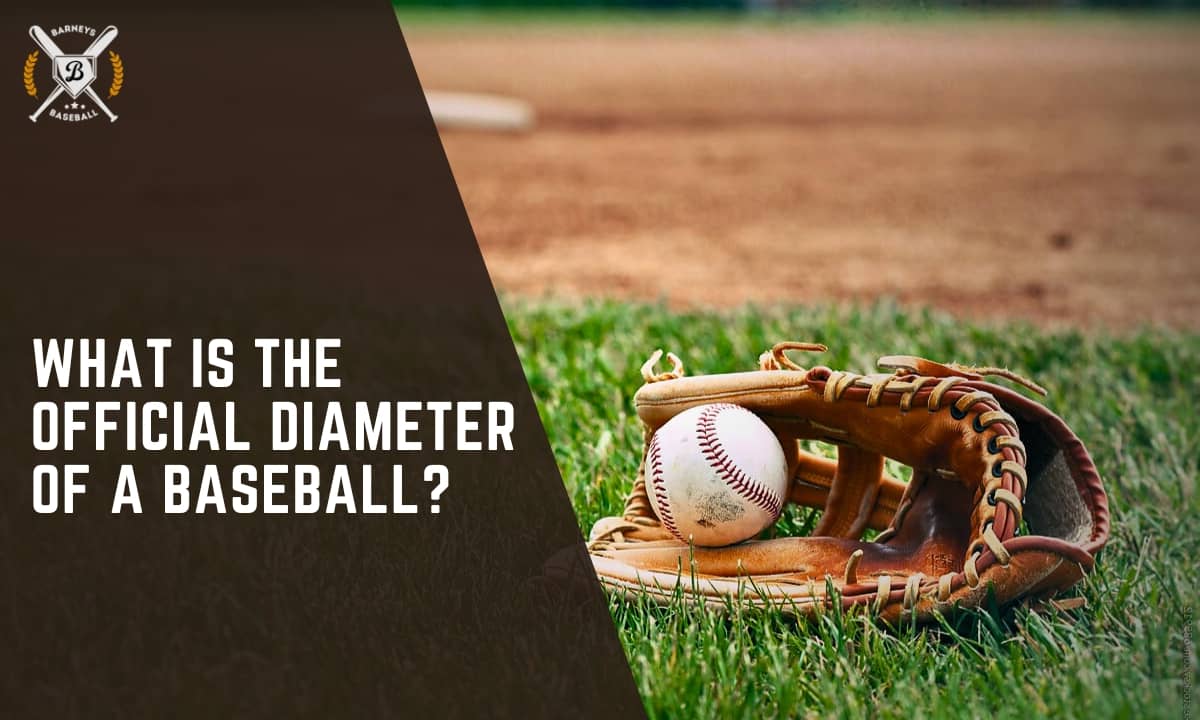Understanding what is the official diameter of a baseball is crucial in ensuring fair play and maintaining consistent performance in the game. This article explores the size regulations of baseballs and the significance of adhering to these standards.
Key Takeaways
- Size regulations in baseball are essential for maintaining fairness and consistency in the game.
- Historical context provides insights into the evolution of baseball diameter standards.
- Modern regulations ensure that baseballs meet specific size requirements for professional play.
- Precision instruments are used to measure the official diameter of baseballs accurately.
- Quality control processes play a vital role in ensuring that baseballs adhere to size regulations.
Why Size Regulations Matter

Ensuring Fair Play
Uniformity in the size of baseballs is crucial for maintaining a level playing field. Consistent dimensions across all baseballs ensure that no team or player has an unfair advantage due to variations in the ball’s size. This standardization is essential for the integrity of the sport, as it allows players to rely on predictable ball behavior during play.
- Uniform size prevents equipment-based advantages
- Predictable performance enhances fairness
- Standardization supports the integrity of the game
The official diameter of a baseball is not just a number; it’s a commitment to fairness in competition. Ensuring that every pitch, hit, and catch is governed by the same physical standards means that the outcome of the game is determined by skill and strategy, not by discrepancies in equipment.
Related: How many stitches are on a baseball
Impact on Performance
The size of a baseball can significantly influence the game’s dynamics, from the pitcher’s grip to the distance it can travel when hit. A standardized diameter ensures consistency in how the ball interacts with the bat and the environment.
- A larger ball might be easier to hit but could result in shorter hits due to increased air resistance.
- Conversely, a smaller ball may be harder to hit but could potentially travel further.
- The weight distribution within the ball, which is affected by its size, also plays a crucial role in its aerodynamics and the ease of throwing different pitches.
Ensuring that all baseballs conform to the same diameter allows players to rely on their skills and strategies rather than compensating for variable ball sizes. This uniformity is essential for maintaining the integrity of the sport and allows for fair comparison of athletic performance across games and seasons.
The Evolution of Baseball Diameter Standards

Historical Context
The size of a baseball has not always been as standardized as it is today. In the early days of the sport, the size and weight of the ball varied significantly, often depending on the preferences of the players or the manufacturers. It wasn’t until 1872 that the first official size regulations were established, setting a precedent for the uniformity of the game’s equipment.
Over the years, these regulations have been refined to ensure consistency across all levels of play. The evolution of baseball’s diameter standards reflects a broader trend towards standardization in sports, which has been crucial for maintaining the integrity of the game:
- 1872: Introduction of the first size regulations
- 1934: Revision of standards to improve consistency
- 1950s: Further refinements in response to advances in manufacturing
The precise dimensions of a baseball are integral to the game’s competitive balance and have been carefully regulated to preserve the sport’s historical integrity.
Related: Best Wood Baseball bat in 2024
Modern Regulations
Following the historical fluctuations in baseball size, modern regulations have established a standard that ensures consistency across all levels of play. The official diameter of a baseball is now firmly set between 2.86 to 2.94 inches (72.9 to 74.8 mm), as stipulated by Major League Baseball (MLB).
To maintain uniformity, the specifications are strictly enforced, with the following characteristics also being regulated:
- Circumference: 9 to 9.25 inches
- Weight: 5 to 5.25 ounces
- Number of stitches: 108 double stitches (216 individual stitches)
The precision of these measurements is crucial, as even minor deviations can significantly affect the game’s dynamics, from pitching to hitting.
Manufacturers are required to adhere to these dimensions to ensure that the equipment used in official games meets the necessary standards. This level of regulation helps to preserve the integrity of the sport and provides a level playing field for all competitors.
Measuring the Official Diameter

Precision Instruments
To ensure the accuracy of baseball measurements, precision instruments are employed. These tools are designed to gauge the diameter of a baseball down to the smallest fraction of an inch, ensuring compliance with official size regulations.
The following instruments are commonly used in the measurement process:
- Calipers: Provide precise measurements of the baseball’s diameter.
- Micrometers: Offer even greater accuracy, often used for final verification.
- Optical comparators: Project a magnified silhouette of the baseball for detailed examination.
The use of these precision instruments is crucial in maintaining the integrity of the sport, as even minor deviations in size can affect the game’s dynamics.
Related:Why Do Baseball Players Chew Gum
Each instrument plays a pivotal role in the quality control process, contributing to the consistent production of regulation-compliant baseballs.
Quality Control Processes
Ensuring that each baseball meets the official diameter specifications is a critical aspect of the manufacturing process. Quality control processes are in place to maintain consistency and adherence to standards. These processes often involve multiple checks at different stages of production.
- Initial measurement after forming the core
- Diameter verification post-winding the yarn
- Final inspection after the leather cover is applied
Each of these steps is crucial to guarantee that the baseballs are not only uniform in size but also in weight and bounce characteristics. Manufacturers use a combination of manual inspections and automated systems to detect any deviations from the set parameters.
The precision of these quality control measures ensures that the final product reaching the players and the fans upholds the integrity of the game. Without such rigorous checks, the variability in baseball size could lead to unpredictable gameplay and question the fairness of the competition.
Related:How to Shrink Softball Pants?
Conclusion
In conclusion, understanding the official diameter of a baseball and the size regulations associated with it is crucial for players, coaches, and fans alike. By adhering to these regulations, the integrity of the game is maintained, ensuring fair play and consistent performance. Whether you’re a seasoned player or a casual fan, knowing the specifications of a baseball’s diameter adds depth to your appreciation of the sport. Stay informed, stay engaged, and enjoy the game to its fullest extent!
What is the official diameter of a baseball FAQs
What is the significance of the official diameter of a baseball in the game?
The official diameter of a baseball plays a crucial role in ensuring fair play and maintaining consistency in the game.
How do size regulations impact the performance of players in baseball?
Size regulations can affect the way a baseball is pitched, hit, and caught, ultimately influencing the performance of players on the field.
What factors have influenced the evolution of baseball diameter standards over time?
Historical events, technological advancements, and player feedback have all contributed to the evolution of baseball diameter standards.
What are some key points to consider when measuring the official diameter of a baseball?
Precision instruments such as calipers and micrometers are used to accurately measure the official diameter of a baseball, ensuring compliance with regulations.
How are quality control processes implemented to maintain the official diameter of a baseball?
Quality control processes involve rigorous testing, inspections, and monitoring to ensure that baseballs meet the official diameter standards set by governing bodies.
Are there variations in the official diameter of baseballs for different leagues or levels of play?
While there may be slight variations in the official diameter of baseballs for different leagues or levels of play, the overall standards remain consistent to uphold the integrity of the game.
